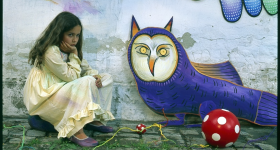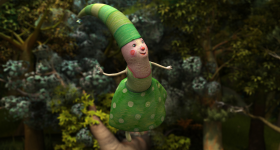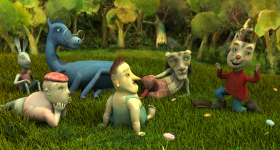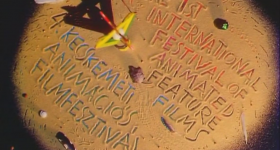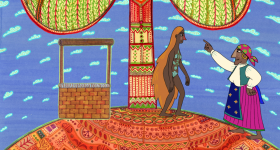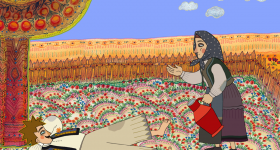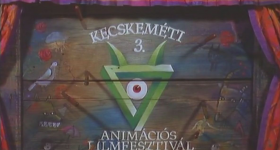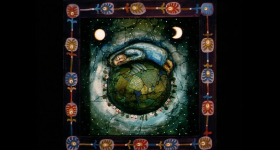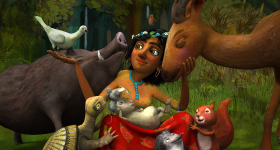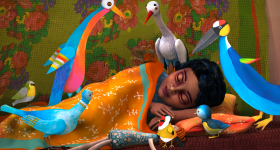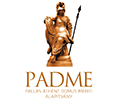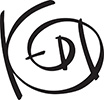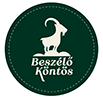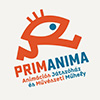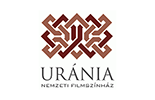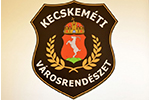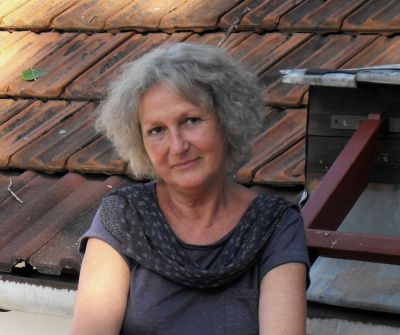
Of all the young artists involved in the foundation of the Kecskemét Studio of Pannonia Film in 1971, Mária Horváth became the most significant artist of the institution. Her work is not only impressive in its volume, but also in its diversity, which is shown by both her knowledge and experience in several areas of animated film, and her interest in almost all forms of animation. The animation artist also known as “HoriMari” tried herself out in applied animation too (her KAFF signal films were a success across the globe), but she is best known for her series and individual films. Her path led from drawn animation to mixed media animation, the latter of which combine drawn techniques, stop motion and pixilation; and in recent years 3D animation was also added to these creative techniques.
But behind the diversity, common traits lying in the deep connect even the most different ones of these works: a fairytale-like story and poetry are the guiding stars of the creative process, providing inspiration, subject and structure for the animation films. Numerous HoriMari films were built on the works of storytellers and poets such as Sándor Weöres, Sándor Kányádi, Lőrinc Szabó or Ervin Lázár.
Mária Horváth contributed to Hungarian Folk Tales (1977–2011) from the very beginning, and became one of the most significant artists involved in it the production: she was a co-director or the principal director of over 40 of the 100 episodes of the series. In her oeuvre, Hungarian Folk Tales are followed by cartoon series—using 3D techniques—such as In the Round Four-Cornered Forest (2010–17) and Gipsy Tales (2013–2020). Her first original Miracles of the Night (1982) was also the first great festival success of Kecskemét Studio, winning second prize in Ottawa. This animation film chases “the carnival of sleepers” from Sándor Weöres’s poem Miracles of the Night with colourful and dashing momentum. The minimalist Door films stand in contrast to this, including the poignant Door No. 8 (1983), which is a vision of man’s solitude in the universe. Combining self-absorbed children’s play and archaic rites, 66 Greentree Street (1992) is an excellent example of the style built on mixing various forms of animation. Her most intimate short, a composition of associative images, Stills – “Drawings About a Landscape of a Life” (2000) presents a series of memories and visions starting from a line of the poet Lőrinc Szabó: “It was beauty, it was god, the World was One and Whole.”
Besides her work in animation recognised by numerous awards, Mária Horváth is active in other areas too: book illustrations, poster designs and puppet theatre work are also organic parts of her oeuvre.
Zoltán Varga
film historian

